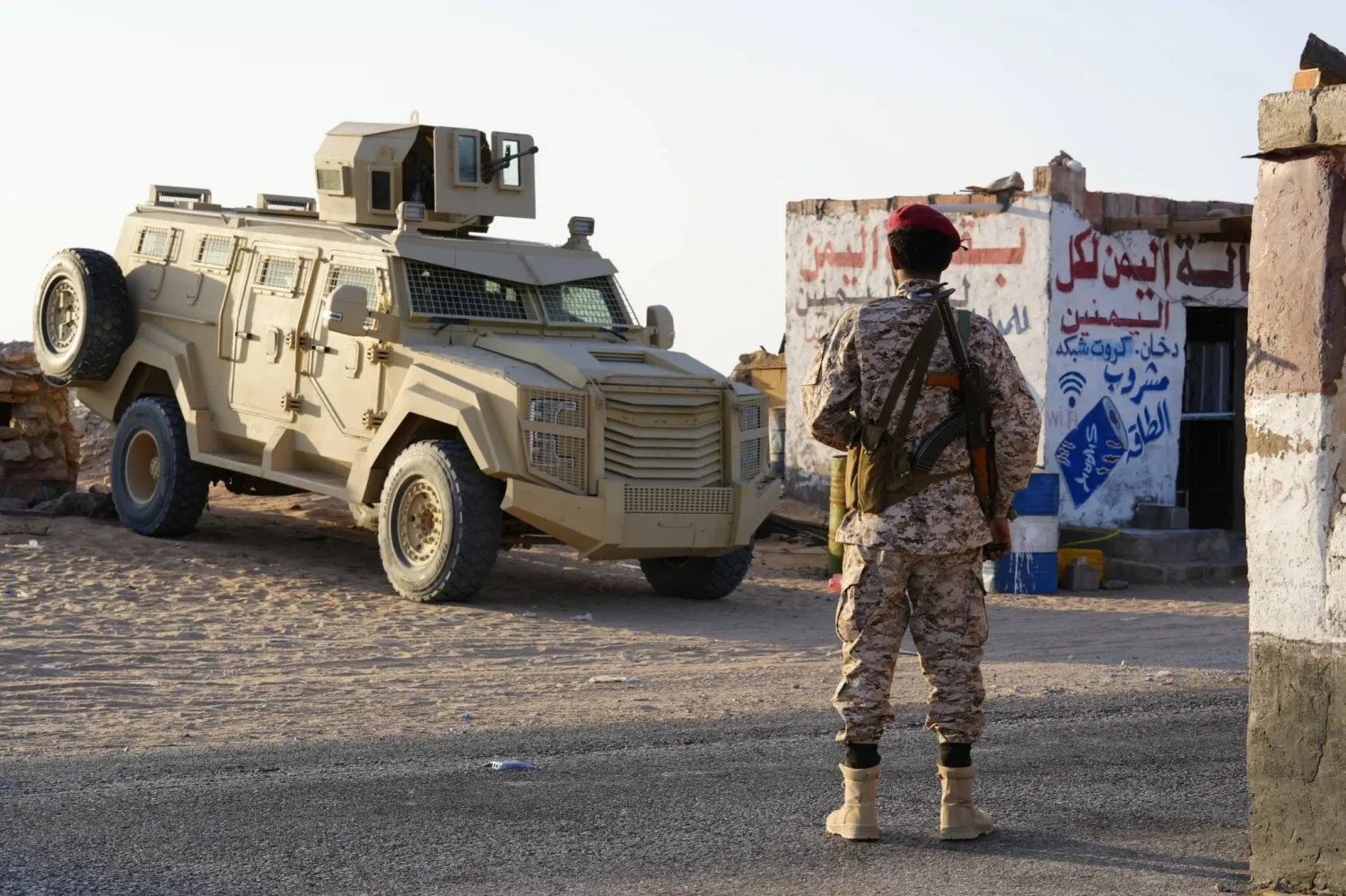Israel has voiced fresh concerns about Hezbollah’s tunnel network in southern Lebanon, seeing it as a major advantage for the group amid growing threats of a broader conflict along the Lebanese-Israeli border.
These concerns are supported by security reports, including one from the French newspaper “Libération” earlier this year.
The report claims that Hezbollah’s tunnels are more advanced than those of Hamas in Gaza, stretching for hundreds of kilometers with branches reaching into Israel and possibly Syria.
Experts warn that this network could pose significant challenges for the Israeli military if it decides to invade southern Lebanon.
Military expert Brigadier General Dr. Hassan Jouni says Hezbollah's tunnels are crucial for countering Israeli attacks.
“These tunnels offer a safe way to move and are a key part of Hezbollah’s strategy,” Jouni told Asharq Al-Awsat.
He added that the tunnels help balance the fight against Israel’s air superiority, making combat more about underground movements.
Jouni, former head of the Lebanese Army Command and Staff College, emphasized that the tunnels are a major strength for Hezbollah. They enable the group to move fighters, weapons, and missiles secretly, allowing for unexpected maneuvers in battle.
The Alma Research and Education Center, dedicated to researching the security challenges on Israel’s northern borders, reported that since the 2006 Lebanon War, Hezbollah, with assistance from North Korean and Iranian experts, has developed a regional tunnel network in Lebanon that surpasses Hamas’ metro in Gaza.
The center notes that southern Lebanon’s terrain—characterized by rocky hills and valleys—differs significantly from Gaza’s, making the task of digging tunnels up to 10 kilometers deep into Israeli territory particularly challenging.
The center suggests that the Israeli estimates struggle to accept the possibility that Hezbollah could have successfully excavated such extensive tunnels through this rugged terrain.
According to Alma, achieving this would be an extraordinary feat, potentially considered a major military embarrassment rather than a mere failure for Israel.
Israel targets sites it believes are military, missile, or weapon storage areas in its confrontations with Hezbollah but struggles to map or fully understand the group’s tunnel network.
Jouni points out that Hezbollah has built its tunnels with advanced techniques, benefiting from favorable conditions and possibly using technology from North Korea.
Jouni suggests that these tunnels enhance Hezbollah’s ability to conduct guerilla warfare and might even be used for military operations, potentially reaching into the occupied Palestinian territories.
Unlike Hamas, Hezbollah hasn’t publicized its tunnel network despite increasing Israeli threats and the risk of a ground invasion. This secrecy suggests Israel may lack detailed information about the tunnels and fears potential surprises.
Dr. Riadh Kahwaji, a Middle East security and defense analyst and director of the Institute for Near East and Gulf Military Analysis (INEGMA), says Hezbollah’s extensive tunnels allow safe underground movement while Israel, with its strong air superiority, can only monitor surface activity.
Kahwaji explains that, similar to Gaza, where tunnels serve various functions, Hezbollah’s network is even larger and more complex.









